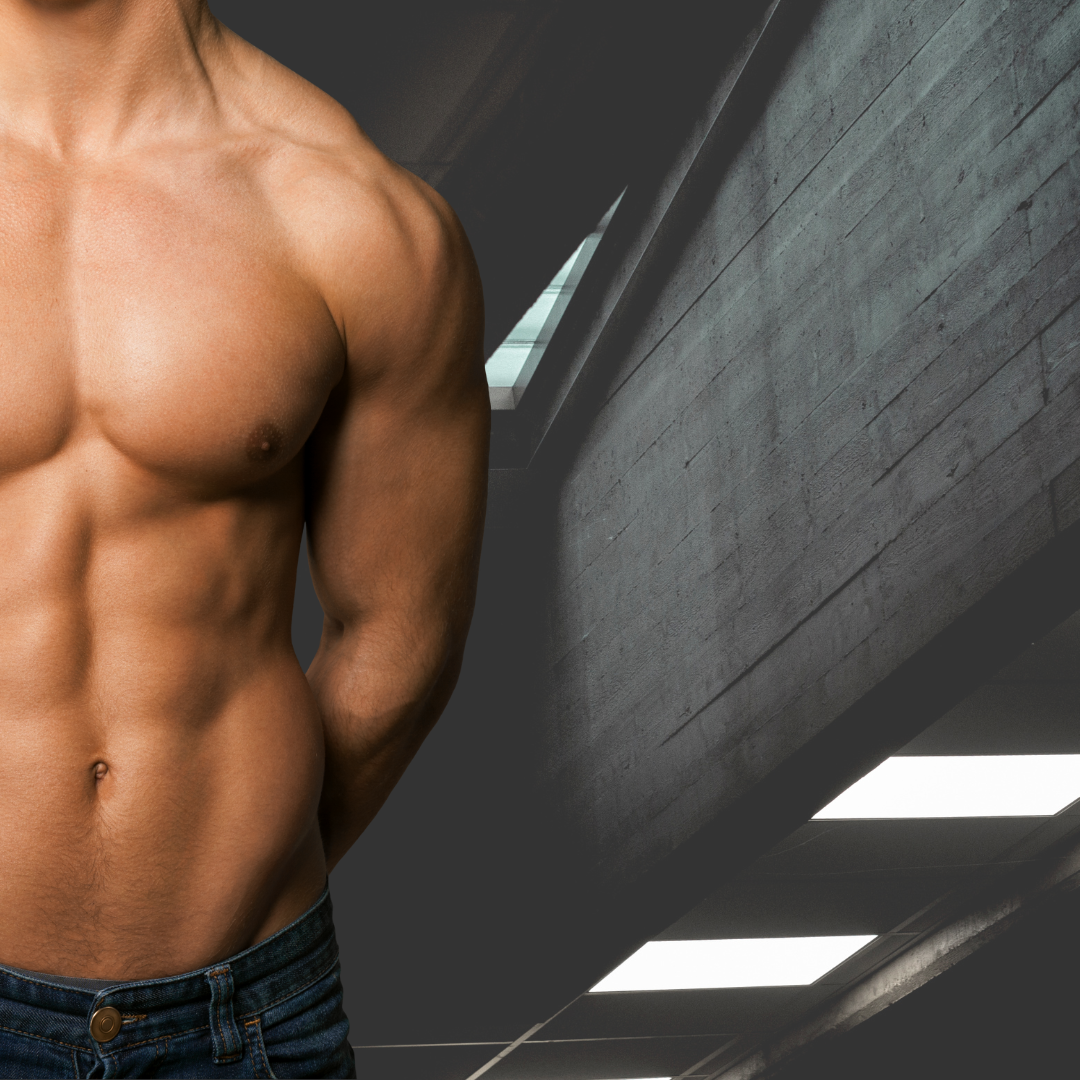
Exercises With Weights For The Chest, Back, And Shoulders
Share
This blog post consists of a description of exercises that engage the upper body muscle groups. This post will include the main and secondary muscles groups engaged by a given exercise, and details on how to correctly perform the exercise.
Bench Press
The bench press is arguably the most famous exercise out there. It is a compound exercise where force is used to push a barbell away from the chest. It predominantly works the chest muscles, but also the triceps and deltoid (shoulder) muscles. When performed properly, it is the most effective exercise to gain upper body strength and muscle because this is the upper body exercise that you will list most weight on - creating the greatest amount of tension.


Lying on a bench with your eyes under the bar and your feet flat on the floor. Lift your chest and squeeze your shoulder blades. Place your little fingers on the ring marks on the barbell - or where your hands are slightly wider than shoulder width. Hold the barbell in the palm of your hand, with your wrists straight. Make sure you curl your thumb around the barbell to prevent it slipping out of your hands.
Dismount the barbell from the rack by straightening your arms and move it over your shoulders, keeping your elbows locked. While inhaling, lower the bar to your chest. your elbows should be at a 75° angle, and your forearms should remain vertical. While exhaling, push the barbell up until your arms are extended. That completes one repetition. Complete the required number of reps before replacing the barbell back on the rack.
The appropriate from is to press the barbell in a diagonal line from the shoulders to the chest and back up. Never bounce the bar off the chest - you should be in control of the weight.
Military Press
The military press is a classic exercise that bodybuilders have been performing for decades. It complements the bench press, and strengthens the core and back because it is performed standing up. It predominantly works the deltoid (shoulder) muscles, but also the triceps and back muscles. It is a compound exercise where the force is used to push a barbell overhead, away from the shoulders.


Place a barbell on a squat rack at about chest height. Hold the bar with an overhand grip, wider than your shoulders. Bend your knees and lift the barbell off the rack, resting it on your chest. Take a few steps backwards away from the rack and place your feet shoulder width apart.
While exhaling, push the barbell above the head and lock your elbows. While inhaling, low the bar to your shoulders. This complete one repetitions. Complete the required number of reps before replacing the barbell back on the rack.
If you are a beginner, do not be tempted the behind the neck variation of this exercise. It is a lot more difficult to handle the weight with this variation, and you may injure yourself.
Barbell Row
The barbell row is an exercise for the back. It will predominantly work your trapezius and latissimus dorsi muscles, but also biceps and shoulders. It is a compound exercise where the force is used to pull a barbell towards the torse, from a bent over position.

This exercise may be performed with an over or underhand grip.
For the overhand grip, place the barbell on the ground and hold it with your hands facing down and bend your knees slightly. Keep your back straight and bring your torso forward. Your legs and shoulders should be at almost 120°, and your back almost parallel to the ground. Don’t look in the mirror or upwards, this will create tension in your neck. Rather, keep your neck in line with your back.
While inhaling, pull the barbell up to your torso without moving your torso. Squeeze your back muscles at the top. While exhaling, lower the barbell to the starting position. This complete one repetition. Complete the required number of reps before replacing the barbell back on the ground.
Reverse the grip for the underhand grip version.
If you find your lower back is rounded, this may be due to tight hamstring muscles. In this case, try bending your knees more or bring your torso up slightly.
Lateral Pulldown
The lateral pulldown is a great alternative to the wide grip pullup. Pullup can be very challenging, especially for beginners. While free weights are generally more effective for building muscle, this is an exception to the rule. The exercise predominantly target the latissimus dorsi, but also the biceps and shoulders.

Adjust the knee pad to your height and hold the bar with a wide grip, palms facing forward and thumbs around the bar. With your arms fully extended, lean back to about a 30° angle and stick your chest out.
Exhale as you pull the bar down until it touches your chest. Pull your shoulders and upper arms down and back, as you are pulling the bar down. Pause for a moment, and return the bar to its original position while inhaling. This complete one repetition. Complete the required number of reps.
Use slow and controlled movements throughout, and don't swing your body to assist you. To minimize the risk of injury, avoid pulling the bar behind the neck.
